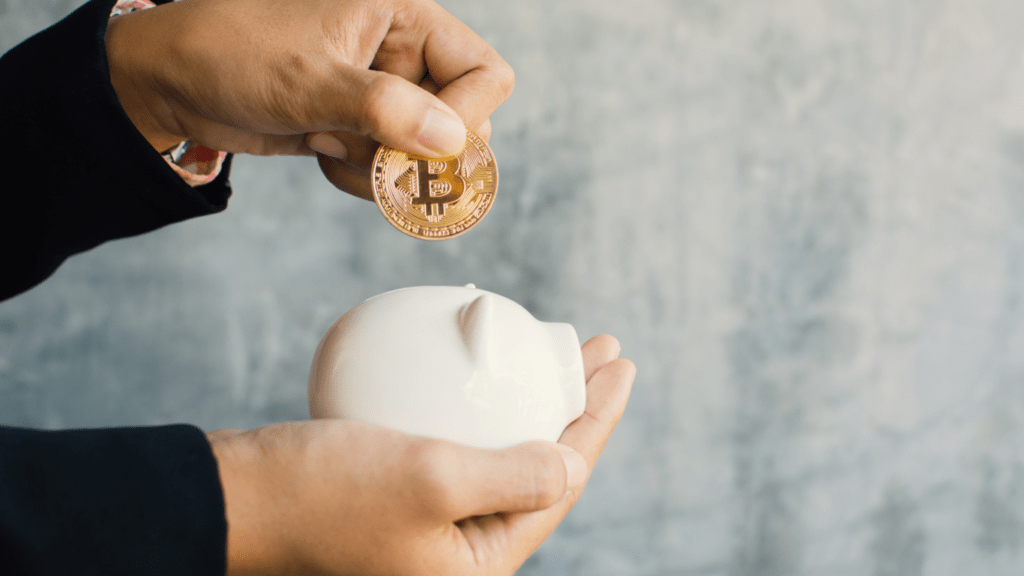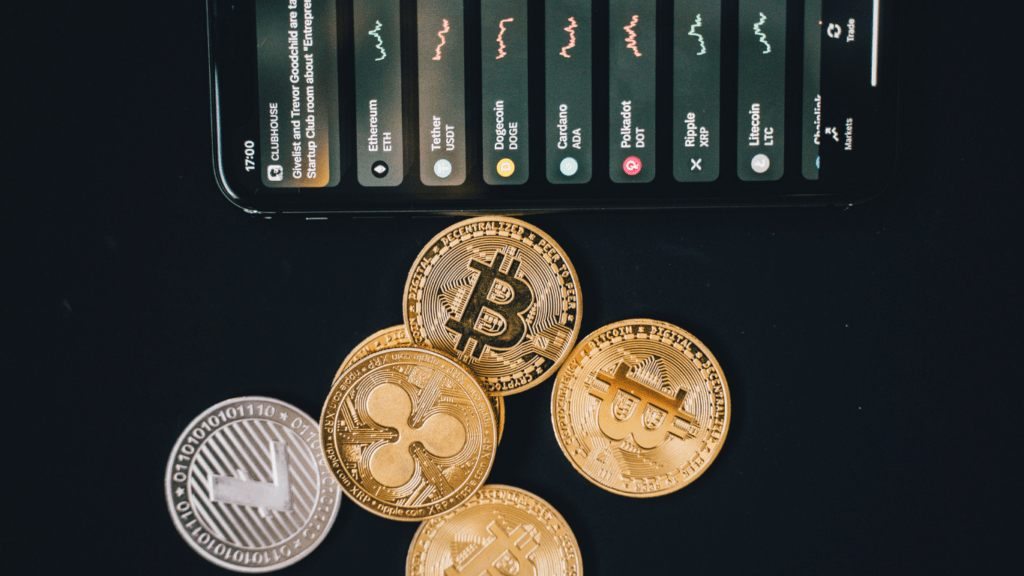Understanding Crypto Wallets and Keys
Crypto wallets are digital tools I use to store and manage my cryptocurrency assets. They come in two main types: hot wallets and cold wallets. Hot wallets are connected to the internet, providing easy access but higher security risks.
Examples include software wallets and web wallets. Cold wallets are offline, offering enhanced security at the cost of convenience. Examples include hardware wallets and paper wallets.
Keys are critical components that give me access to my crypto assets. There are two types of keys: public and private. A public key functions like an address, allowing others to send cryptocurrency to my wallet.
A private key is a secure code that gives me access to my assets and is essential for signing transactions. Losing my private key means I could lose access to my assets permanently, making it crucial to understand how to recover them.
Tables can be an effective way to summarize key data:
| Wallet Type | Example | Connectivity | Security Level |
|---|---|---|---|
| Hot Wallet | Software, Web Wallet | Online | Moderate |
| Cold Wallet | Hardware, Paper Wallet | Offline | High |
A proper understanding of crypto wallets and keys ensures I’m better equipped to handle any potential issues, including losing access due to misplaced keys.
Risks of Losing Your Crypto Wallet Keys
Losing your crypto wallet keys can lead to significant risks. It’s crucial to understand these repercussions to protect your assets.
Financial Loss
Losing your keys means losing access to your cryptocurrency. Since I can’t retrieve or control my funds without the keys, I’m at risk of a total financial loss. For example, in 2020, millions of dollars worth of Bitcoin remained inaccessible due to lost keys. Unlike traditional banking systems, the decentralized nature of crypto wallets offers no central authority to appeal for recovery.
Security Vulnerabilities
If I lose my keys and they fall into the wrong hands, my assets become vulnerable to theft. Hackers actively seek compromised keys to gain unauthorized access to wallets.
For instance, certain malware targets crypto keys stored on devices, leading to potential breaches. Consequently, safeguarding my keys from loss and unauthorized access minimizes security risks and protects my financial assets.
Immediate Steps to Take If You Lose Your Keys

Losing access to your crypto wallet can be stressful, but there are actions you can take immediately to mitigate potential loss.
Do Not Panic
It’s important to stay calm if you lose your crypto wallet keys. Panicking can lead to rash decisions. Take a moment to clear your mind and plan your next steps rationally. Address immediate actions systematically.
Check for Backup Keys
Examine all possible locations where you might have stored your backup keys. These can include:
- secure digital storage,
- physical copies in safe place
- trusted individuals who might have access.
Immediate recovery depends on swiftly locating any backup keys.
Methods to Recover Your Crypto Wallet
Several methods can assist in recovering a crypto wallet after losing keys. The effectiveness varies based on the wallet type and initial security setup.
Using a Recovery Phrase
A recovery phrase, usually 12-24 random words, is critical for restoring access to your wallet. When you created your wallet, you were given this phrase. To recover your wallet, enter the recovery phrase into the wallet software. This method works for most wallets, as the phrase regenerates your private keys, restoring full access to your assets. Always store your recovery phrase securely to prevent unauthorized access.
Contacting the Wallet Provider
Some wallet providers offer customer support to help in recovery processes. Contact the wallet provider’s support team and verify your identity. If your wallet provider has account recovery protocols, they might assist in regaining access.
Note that the success rate depends on the wallet’s security features and whether it’s custodial or non-custodial. Ensure all communication with the provider uses secure channels to prevent phishing attempts.
Utilizing Recovery Services
Specialized recovery services can sometimes retrieve lost keys or access crypto wallets. These services usually involve advanced techniques and tools to recover data. Before opting for such services, thoroughly research and choose a reputable provider to avoid scams. Recovery services might charge a fee, so consider the value of your assets before proceeding.
Preventative Measures for Wallet Security
Protecting your crypto wallet is paramount to avoid the distress of losing your keys. Implementing preventative measures ensures the safety of your assets.
Regularly Backup Your Wallet
Backup your wallet regularly to mitigate risk. Store backups in multiple secure locations (physical drives, encrypted cloud storage). Ensure backups are up-to-date after significant transactions or changes.
Use Multi-Signature Wallets
Employ multi-signature wallets for added security. A multi-signature wallet requires multiple private keys to authorize transactions, reducing the danger if one key is compromised.
Store Keys in a Secure Location
Store your keys securely to prevent unauthorized access. Use hardware wallets (Ledger, Trezor) and safes to physically protect your keys. Consider safe deposit boxes for an added layer of security.



 Founder & CEO
Daniel Anderson is the visionary founder and CEO of the website, leading the charge in revolutionizing the crypto space. With a deep understanding of blockchain technology and years of experience in the industry, Daniel has established himself as a key figure in the cryptocurrency world. His passion for decentralization and financial innovation drives the platform’s mission to deliver cutting-edge insights and resources for crypto enthusiasts, traders, and investors. Under his leadership, the website has grown into a trusted hub for the latest trends, news, and developments in the digital asset space.
Founder & CEO
Daniel Anderson is the visionary founder and CEO of the website, leading the charge in revolutionizing the crypto space. With a deep understanding of blockchain technology and years of experience in the industry, Daniel has established himself as a key figure in the cryptocurrency world. His passion for decentralization and financial innovation drives the platform’s mission to deliver cutting-edge insights and resources for crypto enthusiasts, traders, and investors. Under his leadership, the website has grown into a trusted hub for the latest trends, news, and developments in the digital asset space.
